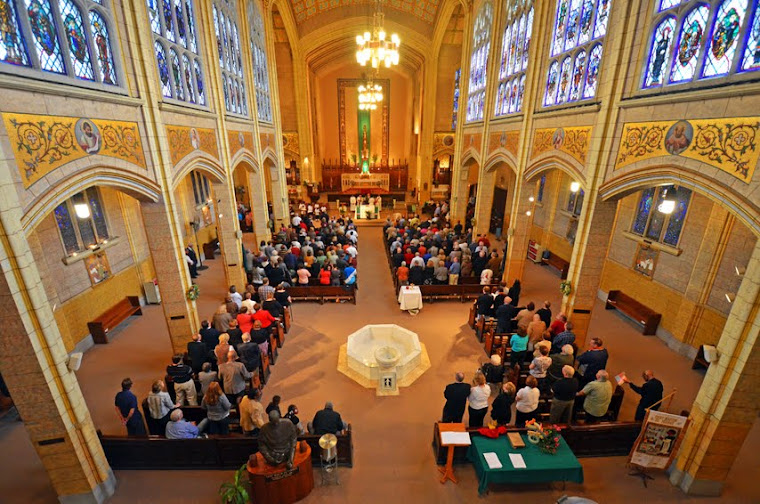About This Project
One designer's take on Chicago.I love Chicago and I love design. I decided it was about time to mash those two loves together, and the logos you see here are the result.
Some of these logos are based on personal experiences and intimate knowledge of certain neighborhoods (such as Beverly, where I grew up), but in most cases these logos come from inspiration gleaned from various sources, including online research and conversations with current and past residents.
I know branding a neighborhood is quite subjective. My experiences and knowledge are obviously different than those of someone else, especially a long-time resident, so let's call this project "One designer's take on Chicago." My vision might not match yours, but I hope that we can agree that a neighborhood with a logo is better than a neighborhood without.
Check back frequently! It is my goal to post a logo every Monday, Wednesday and Friday until I reach the end...whenever that may be.
Steve Shanabruch
He recently released his design for Austin
For each of his logos, he writes a little bit of history. On our Austin neighborhood he writes:
Austin, first established as a 280-acre subdivision in 1865, has grown into one of Chicago's largest community areas, in both size and population. Originally home to the government seat of the Township of Cicero, Austin became a part of the city in 1899 after "people from other parts of Cicero Township resented the influence and the dominance of Austinites and began an election to have" it annexed into Chicago. Residents of the neighborhood didn't like this, and they fought to maintain an independent identity after annexation. One example of this was the 1929 construction of Austin Town Hall, which was modeled on Philadelphia's Independence Hall.
Aided by the presence of street railways and the Lake Street "L" (now the Green Line), Austin was one of the "best-served commuter areas" in the city by 1920. "Commerce in Austin followed transit lines" and the population exploded. The community had more than 130,000 residents living within its borders by 1930, and the area transformed from a village filled with large frame homes into a densely populated area that featured "brick two-flats, small frame houses, and the ubiquitous brick story-and-a-half bungalow." Austin's "nineteenth-century village" feel is not completely gone, though. The "residential core is still visible in the Midway Park area," and it boasts "stately neoclassical and Queen Anne–style homes, many designed by architect Frederick Schock, as well as several structures by Frank Lloyd Wright and his students." One of Austin's other "crown jewels" is Columbus Park, which was designed by Jens Jensen in 1920, and includes "a lagoon, a golf course, winding paths and an imposing refectory overlooking the lagoon. "
Click on The Chicago Neighborhoods Project for more information, to see the logos for Chicago's other neighborhoods, or to even buy a T-shirt with the logo.


No comments:
Post a Comment